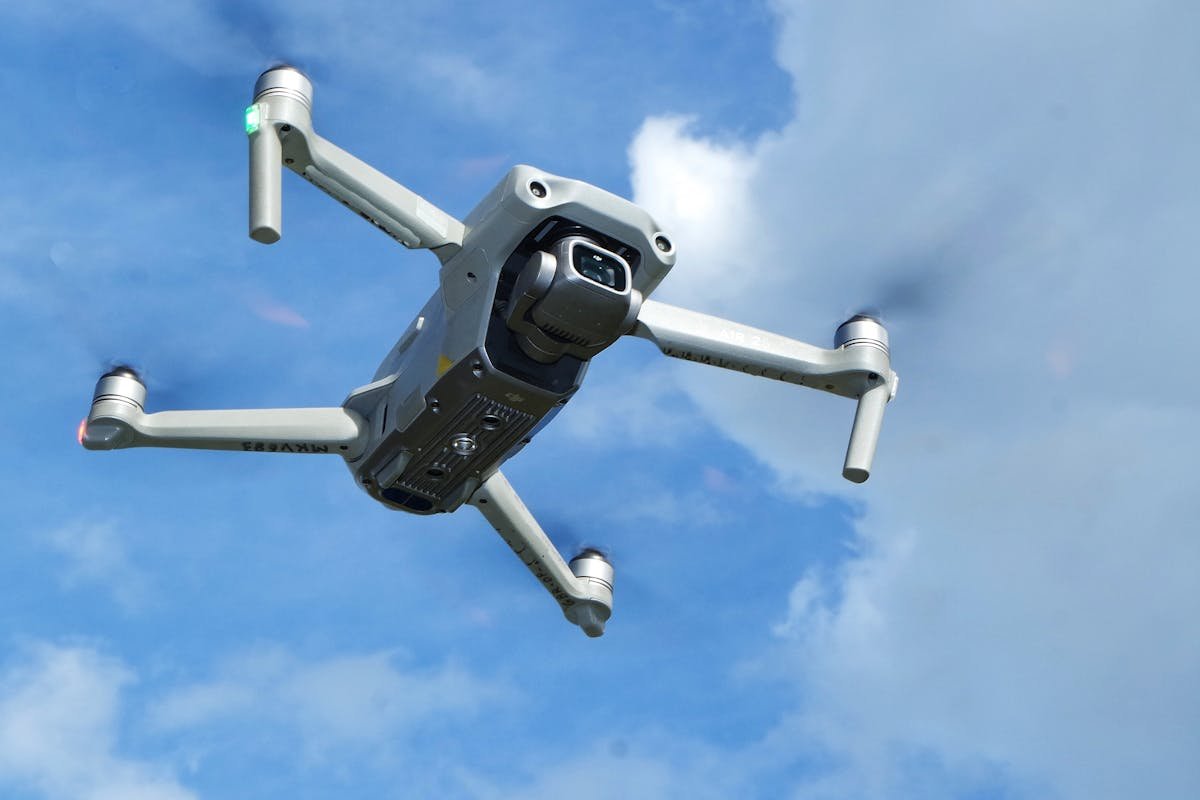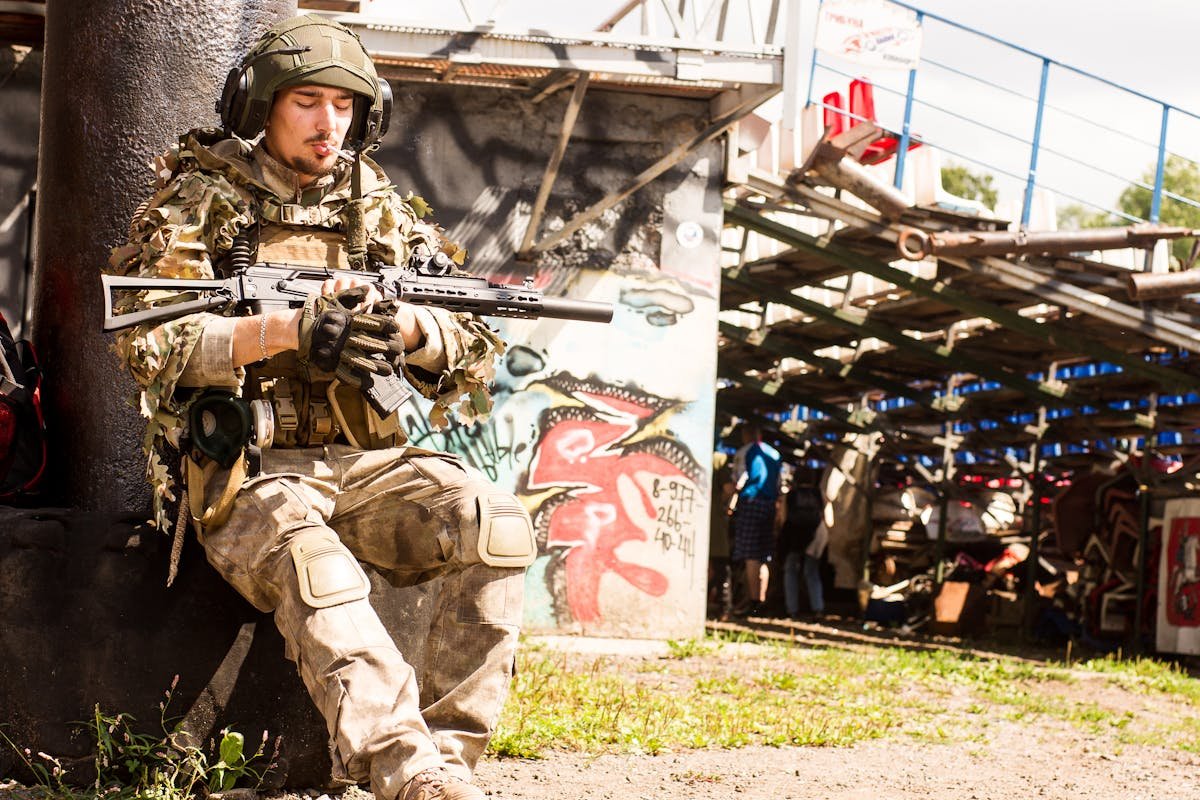Drone Wars Aren’t Clean—They’re Just Distant: The Ethical Crisis of Remote Killing
Military & Defense / Date: 06-24-2025

Here’s a cold truth: wars today are fought by people who never step onto a battlefield. They sit in air-conditioned rooms, thousands of miles away, staring at screens. With the click of a button, lives are taken. Targets are “neutralized.” Buildings reduced to rubble. All without the shooter ever getting their boots dirty.
Sounds efficient, right? But here's the problem—it’s also terrifying.
This isn’t sci-fi. This is now. This is drone warfare. And beneath the clean headlines of “surgical strikes” and “precision missions” lies a moral mess that nobody really wants to unpack. Until now.
This essay will explore the hidden realities of drone wars, including why the morality of these operations is questionable, how they are affecting both soldiers and civilians, and why this ruthless, automated means of murder may be among the most sinister periods in contemporary military history.
Why “Clean” Warfare Is a Dangerous Illusion

Let’s get one thing straight: drone strikes aren’t clean. They’re just sanitized for the people watching.
Governments sell them as “pinpoint accurate,” “minimally invasive,” and “less risky.” That’s not entirely false. But it’s also not the full story. What we’re really doing is shifting the cost of war—from our soldiers to other people’s families.
Drones make war feel distant. Which means it becomes easier to authorize. Easier to ignore. And harder to question.
Press a Button, Take a Life
Imagine sitting in a chair, joystick in hand. You see a house on a screen. There’s a red dot blinking. That’s the target. You click. Boom. Dust, chaos, a signal loss—and mission complete.
Then you go home. Maybe walk your dog. Maybe get takeout.
That’s the jarring split in reality drone pilots face. It’s kill-or-be-killed without ever being in danger yourself. And that changes everything.
The Human Cost Nobody Wants to Talk About
Collateral Damage Still Exists—It’s Just Hidden
Let’s be blunt. Civilians die in drone strikes. A lot more than most reports admit.
According to independent watchdogs, for every “high-value target” killed, multiple noncombatants are often injured or killed. Weddings, funerals, schools—nothing is totally off-limits when drones miscalculate.
And miscalculate they do. Often.
The worst part? There's usually no follow-up. No boots on the ground to confirm. Just a blurry image and a statistic.
Trauma Doesn’t Stop at the Border
It’s not just the people in targeted zones who suffer. You’d think sitting in Nevada controlling a drone over Syria would feel detached. But watching people die in HD? Over and over? That messes with you.
They see death daily. In real-time. And then they’re expected to switch off and go back to “normal life.” Spoiler: it doesn’t work that way.
The Ethics of Invisible War
Who’s Accountable When No One’s There?
In traditional combat, soldiers face direct consequences. There’s risk, emotion, moral weight. But with drones? That balance vanishes. No danger. No eye contact. No responsibility that feels real.
What happens when killing becomes too easy? When it feels like a video game, but with real consequences?
That’s not a rhetorical question. It’s the heart of the crisis.
The Lines Get Blurry—Fast
Who counts as a combatant? If a man is near a “target,” is he guilty by association? What if kids are playing nearby? What if intelligence is wrong?
Drones don’t ask questions. They follow orders. They follow algorithms.
And guess what? Algorithms can be wrong. Dead wrong.
The rules are being altered by remote war, and not in a positive way.
Lower Risk, Lower Standards?
Let’s be honest—if there’s no risk to your own people, it's a lot easier to launch an attack. That means governments can bypass long debates or public opposition.
War becomes a “policy option,” not a last resort.
Without physical presence, political accountability becomes hazy. The number of military operations increases. Drone attacks, too? They have grown dramatically in the last decade. not just in places that have been declared war zones. but in nations that are independent and do not have a recognized disagreement.
Yeah. That’s a problem.
The Rise of Signature Strikes
Ever heard of a “signature strike”? It’s when drones target individuals based not on who they are, but on their behavior. Think about that. You could be killed because your “pattern of life” matches that of a suspected militant.
The False Promise of Precision
Technology Isn’t as Smart as You Think
People love to say, “Well, drones are smarter now.” True-ish. They’ve got better sensors, AI tracking, and data analysis.
But they still make errors. Sometimes fatal ones. And let’s be clear—AI doesn’t understand context. A camera can’t detect a moral gray area. A drone can’t tell the difference between a rebel meeting and a family reunion if the signals look the same.
Algorithms Don’t Feel Guilt
And that’s the scariest part.
There’s no moral gut-check. No hesitation. No internal debate. Just code executing commands. If you believe war should have a human cost—to make us think twice—then drones are taking that away.
So What’s the Alternative?
Do We Ban Drones?
That’s not realistic. The technology is here to stay. Every major military power has them, and even non-state actors are getting in on it. We can’t un-invent drones.
But we can put rules in place.
Real Oversight. Real Accountability.
There should be independent review boards. Strict protocols on target verification. Transparent public records. And, most of all, consequences for misuse.
No more black-box programs where nobody knows who approved what. If we’re going to keep using machines to kill, the least we can do is be honest about it.
Follow Us
Newsletter
Subscribe to our newsletter to stay updated with our latest news and offers.
We respect your privacy.Trending










